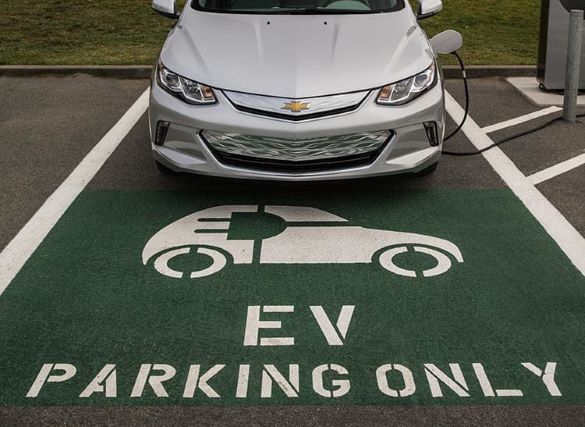Noise Emitting EVs To Run on European Roads from Today

Starting today, all new electric vehicles sold in the European Union must be fitted with a noise-emitting device called Acoustic Vehicle Alert System, or AVAS to alert the road users of their presence.
The regulation, listed as ‘Regulation on the Sound Level of Motor Vehicle’ on the EU’s legislation website, states that for all-electric vehicles the AVAS must be operating at a minimum of 56 decibels when the vehicle is driving at speeds up to 20km/hr, and no louder than 75 decibels.
The Noise Emitting EVs theoretically will help prevent pedestrians and cyclists from being caught unawares by cars that would otherwise be near-silent. The sound could stop pedestrian from crossing the street when there’s a less-than-attentive driver.
The European Union rule follows the concern that electric cars and vans are too quiet, putting pedestrians, cyclists and others at risk because they do not realise they are approaching.
As noted on Euroblind, a UK study released in 2013 showed that despite a reduction in incidents involving internal combustion engine (ICE) vehicles resulting in pedestrian injury, there was an increase in the number of incidents involving electric vehicles: The number of accidents where pedestrians are injured by EVs/EHVs has increased, from 98 in 2012 to 151 in 2013, an increase of 54%. Whereas 2013 represented a record low for such accidents involving internal combustion vehicles, it was a new high for electric/hybrid-electric vehicles, with the percentage increase in accidents far outstripping the increase in vehicle numbers.
According to the new rule, all new types of four-wheel eco-friendly vehicles must be fitted with the device, which sounds like a traditional engine. From 2021, all electric cars must have an acoustic vehicle alert system, not just new models.
The device must be activated when a vehicle is reversing or traveling below 19 km/h, but the driver will have the power to deactivate it. Though the feature will chip away one of its benefits for quieter streets, still, this could increase practical safety and help EVs gain acceptance from people worried they could become hazards.
UK Roads minister Michael Ellis said the government wanted “the benefits of green transport to be felt by everyone” and understood the concerns of the visually impaired. “This new requirement will give pedestrians added confidence when crossing the road,” he added.
The charity Guide Dogs – which had complained it was difficult to hear low-emission cars approaching – welcomed the change, but added that electric vehicles should make a sound at all speeds.




